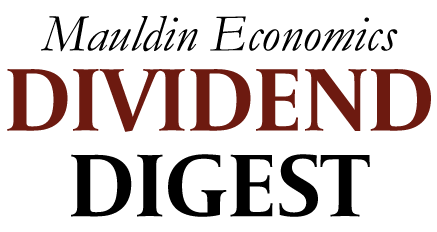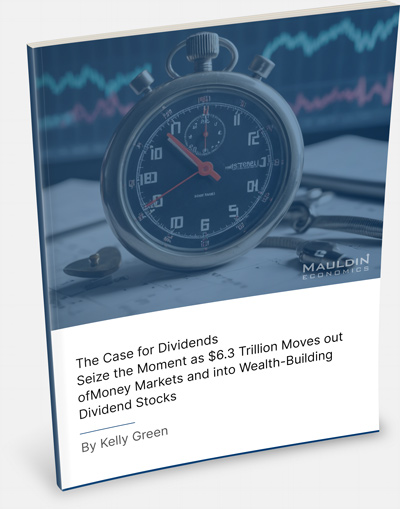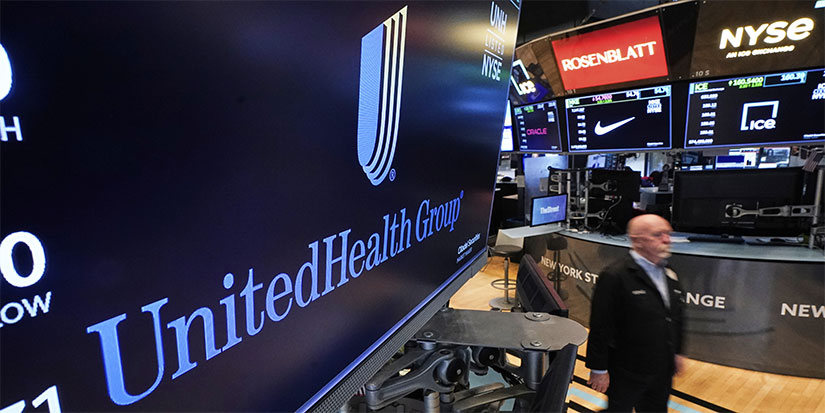
Know Your “Why,” and the Rest Will Follow
-
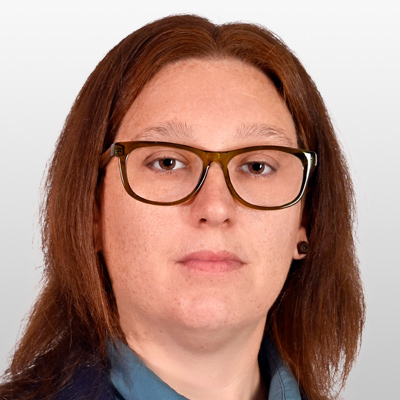 Kelly Green
Kelly Green
- |
- May 21, 2025
- |
- Comments
That is good advice for just about everything you do in life. Many self-help gurus have made it the basis of their life improvement system. But I’m here to relate it to your investing portfolio.
A portfolio looking to score huge gains from emerging tech will look a lot different from a dividend portfolio. And both will look different from a crypto strategy.
This conversation got started in a mailbag question I got last week. Jaidev wrote in and asked “What’s your take on UnitedHealth stock? Down 50% from its all-time high and a 2.6% dividend yield. I know you mostly cover pure dividend stocks. I thought this is a legacy company that can grow plus collect a dividend.”
That’s an interesting thing about dividend stocks. You find them across all industries and they can be used for many different strategies. My dividend strategy focuses on two different “whys”: building wealth and generating streams of income.
Dividends Are Versatile
I split dividend stocks into two camps:
-
Bedrock Income: for wealth building
-
Current Yield: for income generation
In order to truly build wealth with dividends, we want “set it and forget it” stocks. These companies are typically giants in their respective fields, and have paid—and usually raised—their dividends for years or even decades.
We can then check a box in our brokerage account to have the dividends automatically reinvested. This is called a dividend reinvestment plan, or DRIP. I generally target a DRIP for companies with 3.5%-5% annualized yields.
|
For Current Yield stocks, I look for even higher yields, and sometimes find double-digit yields. These are my “short-term” holdings that get closer monitoring, but can be held for many years.
There are lots of reasons why you would want to own dividend stocks. The question above is about using dividends to get paid while you wait for a catalyst to drive the stock price higher.
UnitedHealth Group (UNH) is down 25% over the past month and 49% from its all-time high of $630.73 last November.
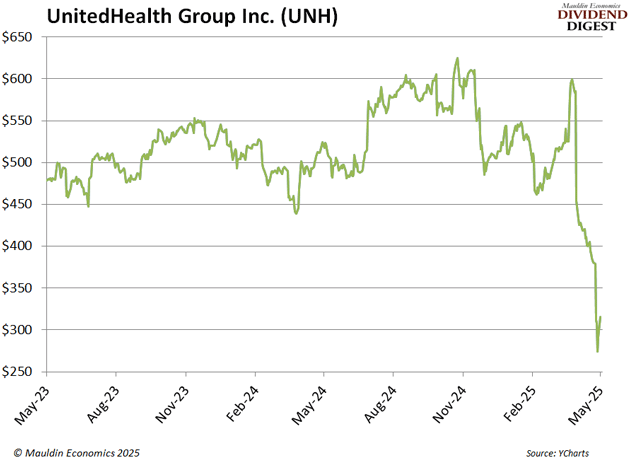
The goal of this strategy is share price movement—the dividend is a nice little bonus while you wait.
Back to the Question
Right off the bat, UNH doesn’t meet my minimum 3.5% yield requirement, so it’s not for me. However, if dividends are not your primary “why,” then we need to figure out the reason why this giant trades at just 12 times earnings.
If you’re not familiar with the company, it’s part insurer and part pharmacy benefits manager (PBM). In fact, it is the largest US health insurer and one of the Big 3 PBMs. These Big 3 have grown to control about 80% of US prescriptions.
Like what you're reading?
Get this free newsletter in your inbox every Wednesday! Read our privacy policy here.
The first is President Trump’s attempt to launch a war on PBMs. He recently said “We’re going to cut out the middlemen and facilitate the direct sale of drugs at the most favored nation prices.” The middlemen are the PBMs.
They negotiate rebates with the manufacturer to get the drugs at lower costs, but only pass part of the savings through to the consumer. They make a profit on the margin. But this practice has incentivized pharmaceutical companies to jack up prices and then offer rebates. UNH was hit the hardest by investors because it was trading at the highest valuation.
I’m not an expert on the drug industry, but I did research the question. Trump’s push to lower drug prices will probably not eliminate the use of PBMs. Instead, it might require them to operate more transparently. The result might mean the whole rebate is passed to the consumer and lower margins for UNH.
UNH’s drug business Optum RX makes up less than half of its total annual revenue, but it is also the largest margin segment of the business.
The second is that UNH’s CEO just stepped down. This happened just days after a report of a possible DOJ criminal investigation. The company has been accused of fraud for over billing Medicare Advantage. And there are talks of an inquiry into whether or not the Optum RX subsidiary creates anti-competitive conditions.
All that being said, giant healthcare companies rarely just disappear. UNH has been around since 1974 and a public company since 1984. It has paid a dividend since 1990 and raised it for the past 16 years. The share price crash means the dividend yield is now well above its historical average.
If you believe the company will recover, I love that you’ll get a dividend while you wait. This may also be the highest effective yield that you’ll ever be able to get for UNH.
|
For more income, now and in the future,
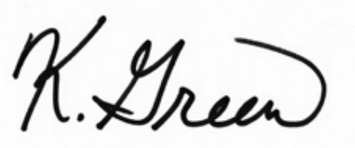
Kelly Green

 Kelly Green
Kelly Green